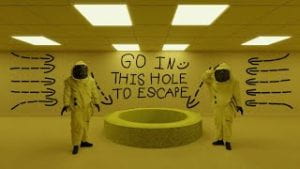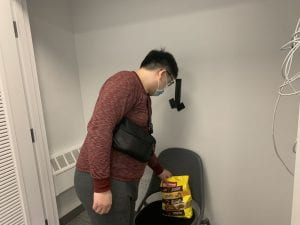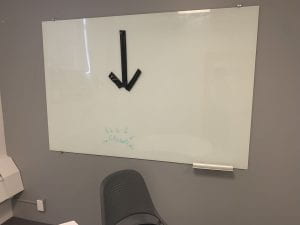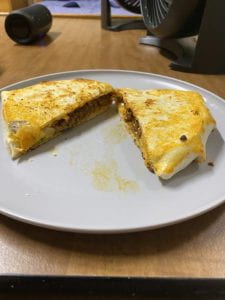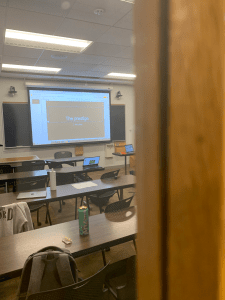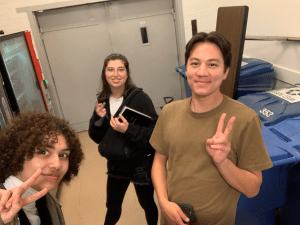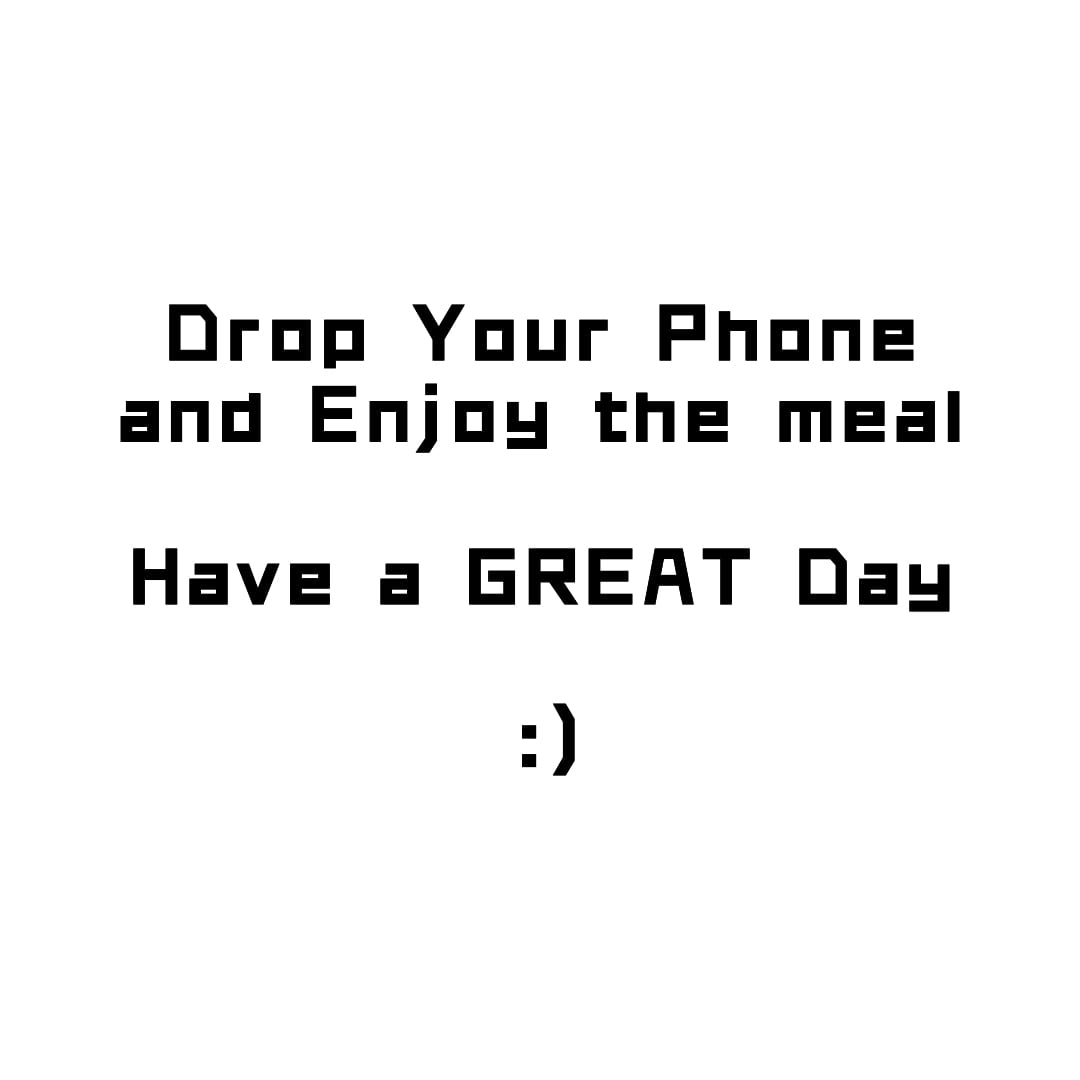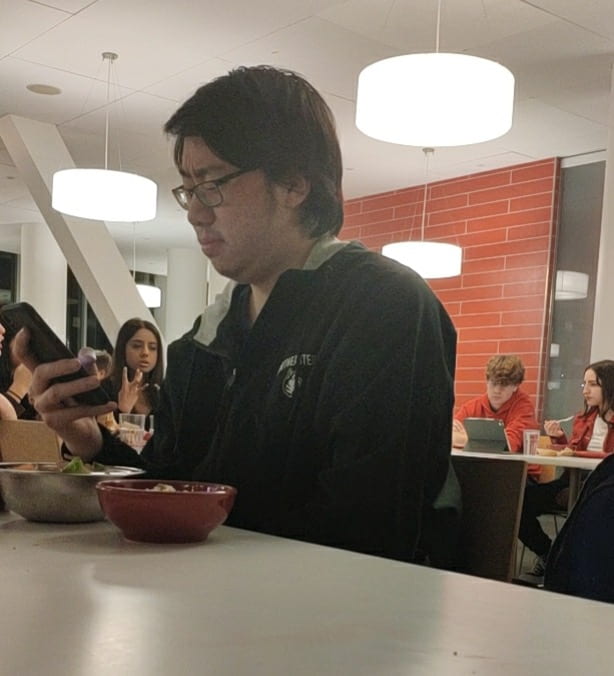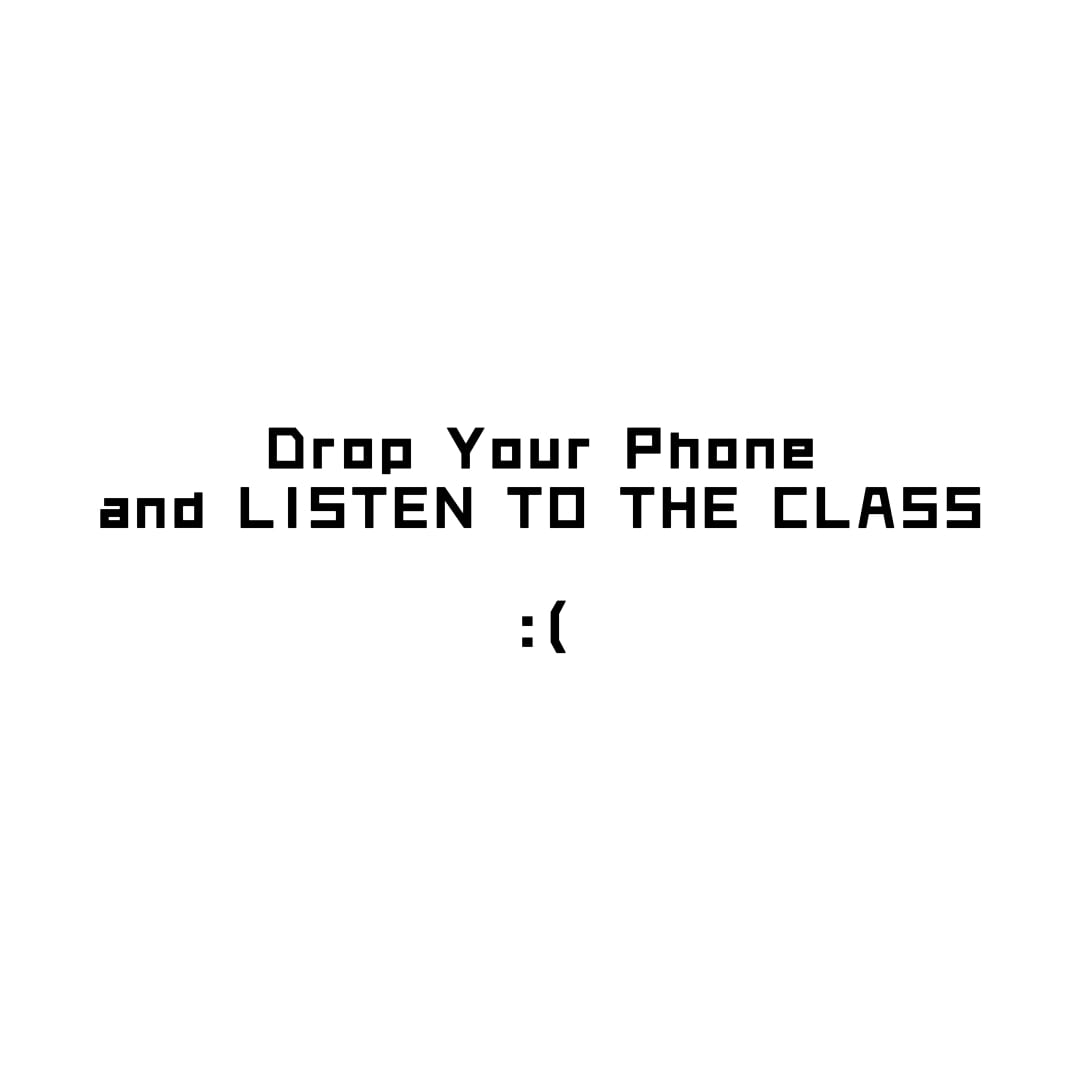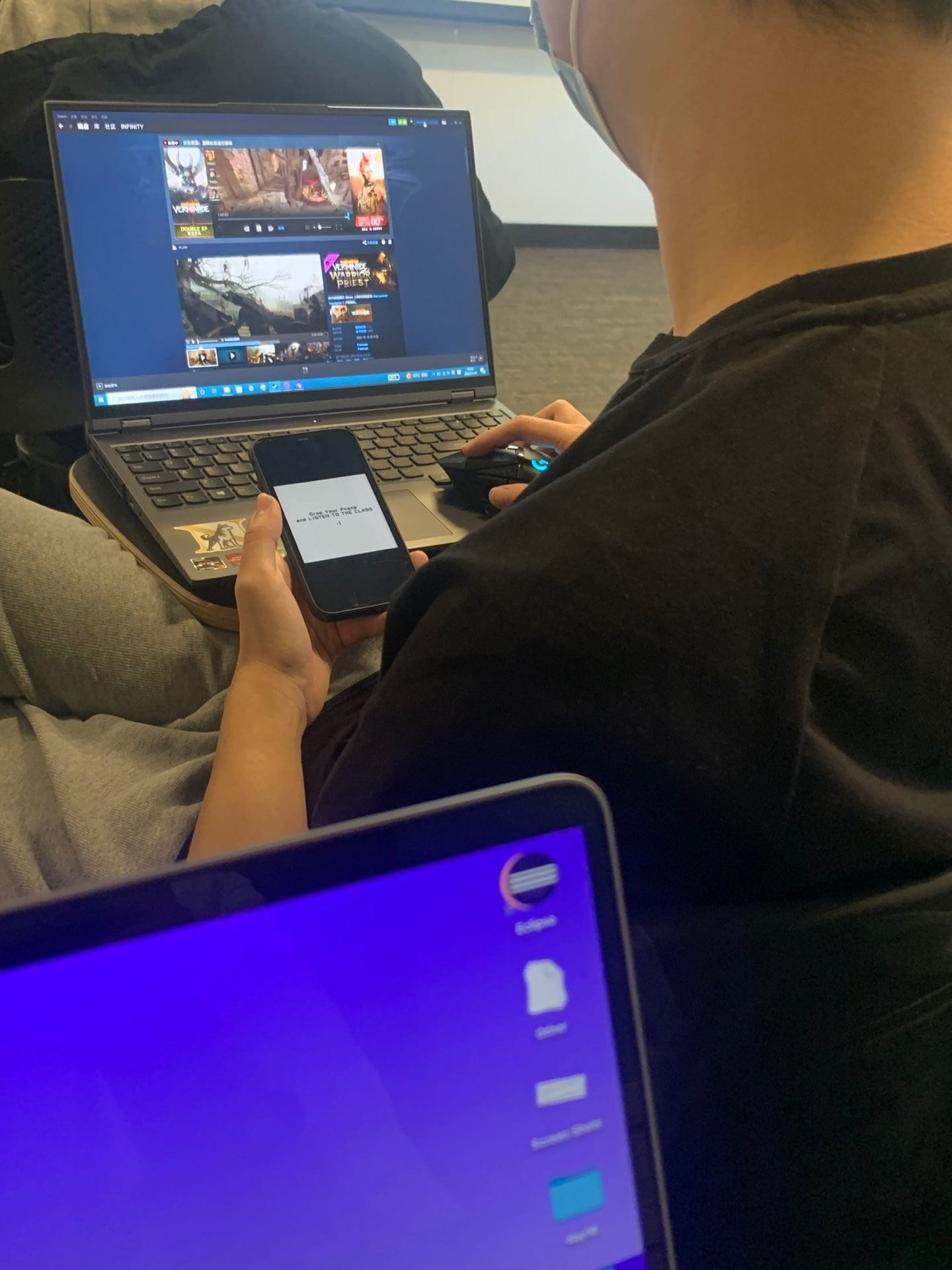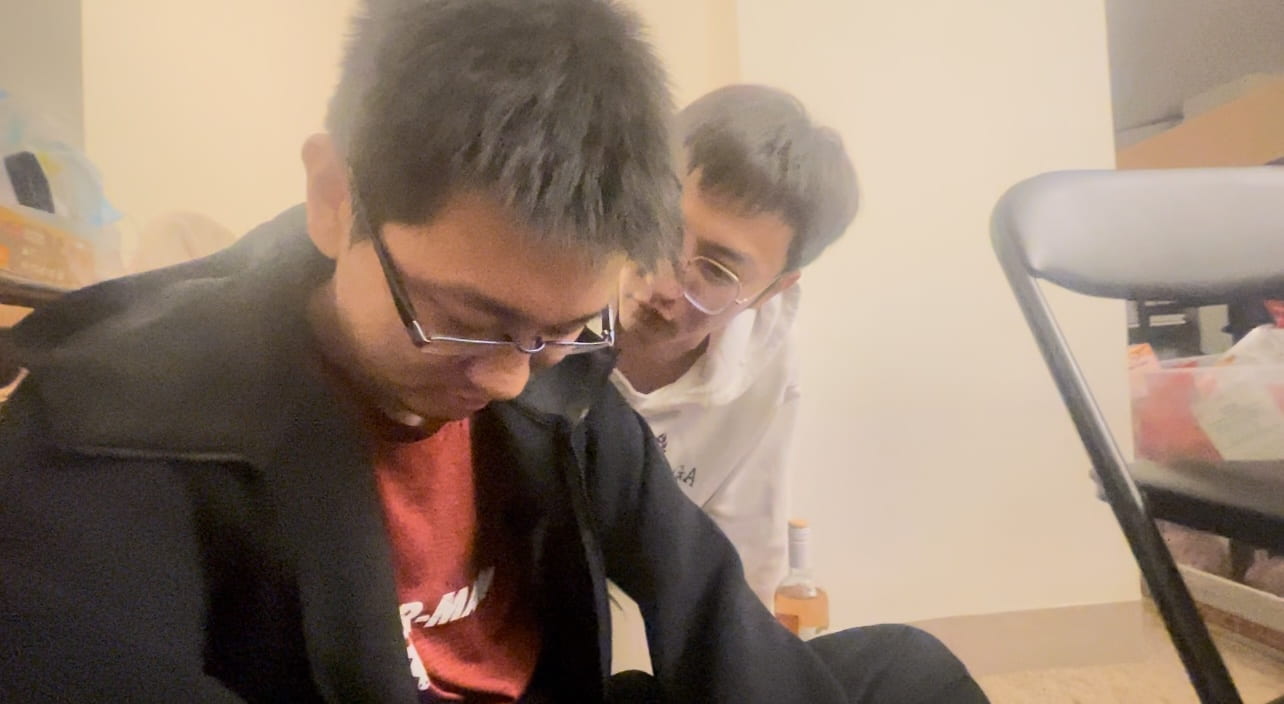Rules
- 2 or more players choose a Wikipedia page to edit.
- Each player edits the page and adds false, but not harmful, information.
- The longer the word count of the edit the more potential points it is worth.
- After 3 days the longest remaining edit wins.
- Do not delete anything on the page wiki page.
- Do not edit anything that is “important”. For example, do not edit the Wikipedia page about a scientific concept.
Playtest
The group chose to edit the Wikipedia page on toothpaste (the following gallery displays the additions made by the four players. https://en.wikipedia.org/wiki/Toothpaste#Ingredients




The winning edit was:

Artist Statement
For this intervention, I wanted to intervene in people’s search for information and show people how easy it is to spread false information. The main inspirations for Wiki Edit War are Crowd-Sourced Intelligence Agency (CSIA) and Going Viral by Derek Curry and Jennifer Gradecki. Unlike Going Viral, which uses deepfakes to correct misinformation spread about COVID by celebrities, I aimed to highlight how easy it is to spread false information. I chose Wikipedia as the medium for this game because of how easy it is to edit and because for most of my life my teachers have told us not to use Wikipedia because “anyone can edit it,” so I wanted to test this. I quickly learned that most of the “important” pages are no longer available to be edited by the public (i.e. pages about public figures, companies, organizations, scientific principles, and major historical events). However, there are still plenty of pages that are still editable, including my experimental design teacher’s wiki page (Celia Pearce). So while I was exploring this project I added a sentence or two to the page (it was actually constructive, don’t worry). It’s still there at the moment though. Getting back to the game, the rules are pretty simple. The players find a Wikipedia page to edit and each of them adds a random funny edit to it, with the goal of trying to have the longest remaining edit at the end of the 3-day period (or the last edit remaining if none of them make it the full three days). There were also some rules put in place to minimize the risk of doing any real harm. These rules were: do not delete anything on the page wiki page and do not edit anything that is “important” (though this is much harder to do because wiki won’t let you edit most pages that could cause harm). My playtesters chose to edit the page on toothpaste, and while the game was a little quicker than I expected it to be (it only lasted 30 minutes which is probably due to the heavy traffic on this page) I can happily say that it was quite enjoyable, and at least a couple of Wikipedia uses got to learn about “Democratic Toothpaste.”

